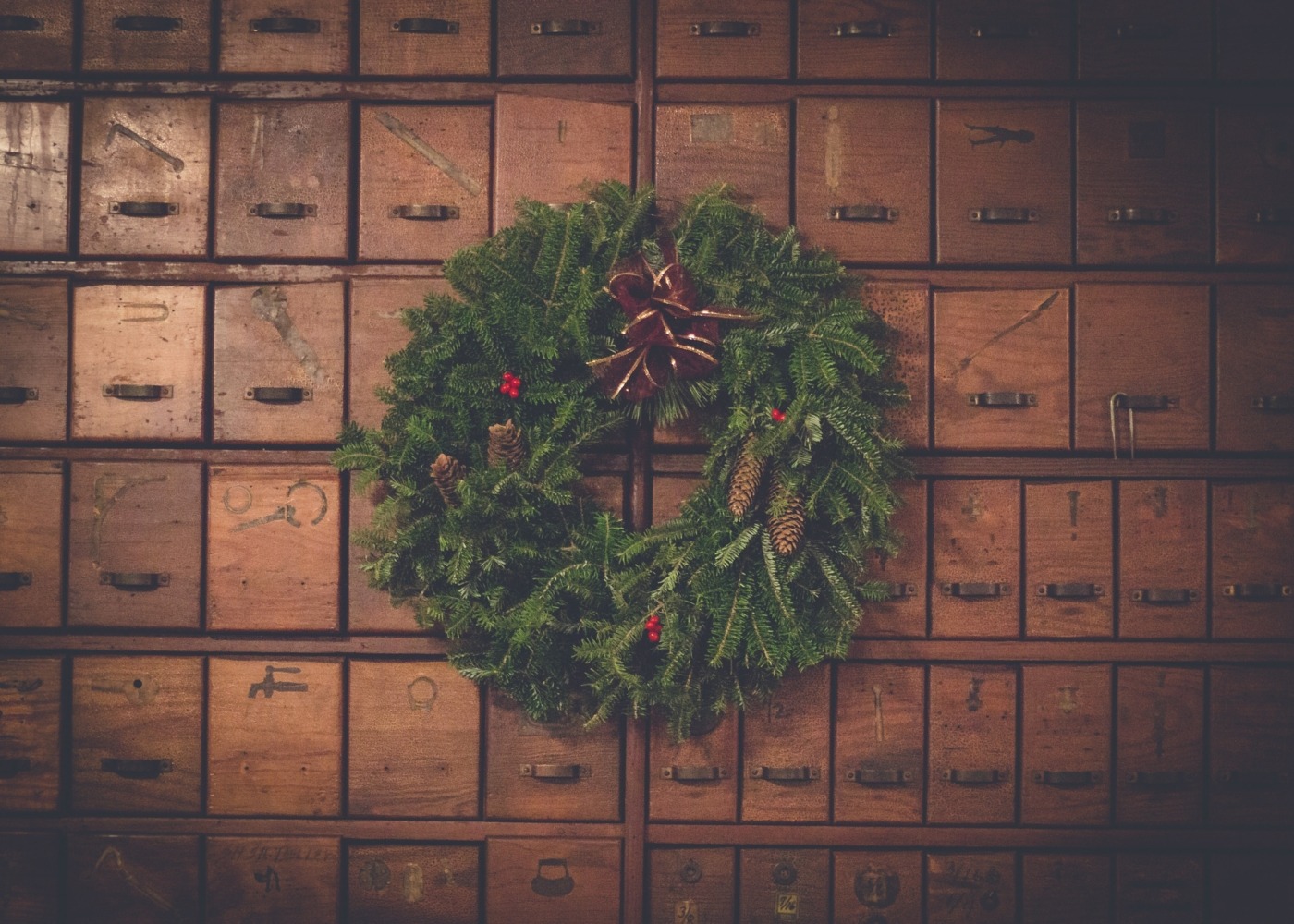The influence of the arts at Christmas
As I sit on the sofa writing this article, a glance around my living room will you show exactly what time of the year it is. Arthur Christmas plays on the TV, whilst my sister sits on the floor wrapping presents and humming ‘Last Christmas’. Christmas cards featuring hand-drawn snowmen and sparkly messages of good tidings line the windowsill. If there is another thing that my living room can tell you, it is that the arts run Christmas.
This phenomenon is not just a product of my household. The impact of the arts on the Christmas season is unprecedented, featuring pantomimes and dance shows, songs and carols, hand-made tree decorations, and Christmas cards. This influence lies in the history of Christmas. It has always been dominated by its iconography, as is to be expected of a religious festival. The nativity scene, for example, dates back to around tenth-century Rome. The Christmas colours, all of which theme the arts in December, are also rooted in religion. The blood of Jesus is represented by red, with green symbolising eternal life, and gold representing royalty and gifts from the Magi (an old type of Priest). There is also plenty of fine art which consolidates the religious image of Christmas within our minds. ‘Mystic Nativity’ by Sandro Botticelli is just one example of a vivid painting that features the golden dome and heaven surrounded by angels that welcome the birth of Christ.
The arts remain a powerful way in which we can enjoy the celebration, with songs, shows, and films being the perfect way to get into the Christmas spirit
As the festival of Christmas has changed over the years, the arts that depict it have too. Yet they remain a powerful way in which we can enjoy the celebration, with songs, shows, and films being the perfect way to get into the Christmas spirit. This may be because there are lots of images and sounds that many of us only associate with Christmas. For example, simply seeing red, green, and gold together is enough to conjure up images of the festive season. Dressing up as an elf for a dance show? It could only happen at Christmas. The bits of sparkling percussion at the start of Mariah Carey’s ‘All I Want for Christmas Is You’ makes me think about the season without even hearing the rest of the song.
As festive-themed arts and imagery only roll around once year, it is all the more exciting when they crop up again. When they do appear, we want to make the most of them until we have to shut them away again until next year. Christmas also has the association of fond memories for many people, particularly as a child. Our favourite songs or shows can evoke strong feelings of nostalgia. Take pantomimes, for example. A trip to see a pantomime provides us with visuals of dramatic, colourful costumes and the sounds of silly songs and “oh no it isn’t!” It also gives us the taste of snuck-in popcorn and Christmas chocolate, and the specific smell of the old theatre you visit every year. This stimulation of multiple senses creates powerful memories that are brought back every time we hear, taste, or smell a similar thing.
As festive-themed arts and imagery only roll around once year, it is all the more exciting when they crop up again. When they do appear, we want to make the most of them until we have to shut them away again until next year
However, it may not be all tinsel and joy; every year, many headlines spring up concerning the impact of consuming too much Christmas on our mental health. Although there may not have been much specific research conducted into the impact, it appears that hearing Christmas songs too early can be a stress trigger. Music is powerful in the memories it can evoke, such as that Christmas morning feeling of excitement for the day, but can also remind us of all the preparation that we need to finish in time for the holidays.
The arts and consumerism also go hand in hand at this time of year, as Christmas is hardly just a Christian holiday anymore. Year by year we are encouraged to splash out more and more money on presents, food, and decorations to have the biggest and ‘best’ Christmas possible. Adverts are notorious for using Christmas imagery to get us in the spirit of things and have us shopping for presents earlier and earlier. The John Lewis advert, for example, tugs on our heartstrings with cute, animated animals in hats and scarves depicting the ‘true’ meaning of Christmas: love and friendship. Of course, the logo follows as a reminder that our beloved Christmas arts are used to get us to reach a little further into our pockets.
The arts and consumerism also go hand in hand at this time of year … Year by year we are encouraged to splash out more and more money on presents, food, and decorations to have the biggest and ‘best’ Christmas possible
At this point, the arts and Christmas are inseparable. They have always been a fundamental part of how we celebrate and, quite frankly, Christmas would be completely different without the arts. It is a holiday defined by visuals and music, and I can’t see that ever really changing.

Comments